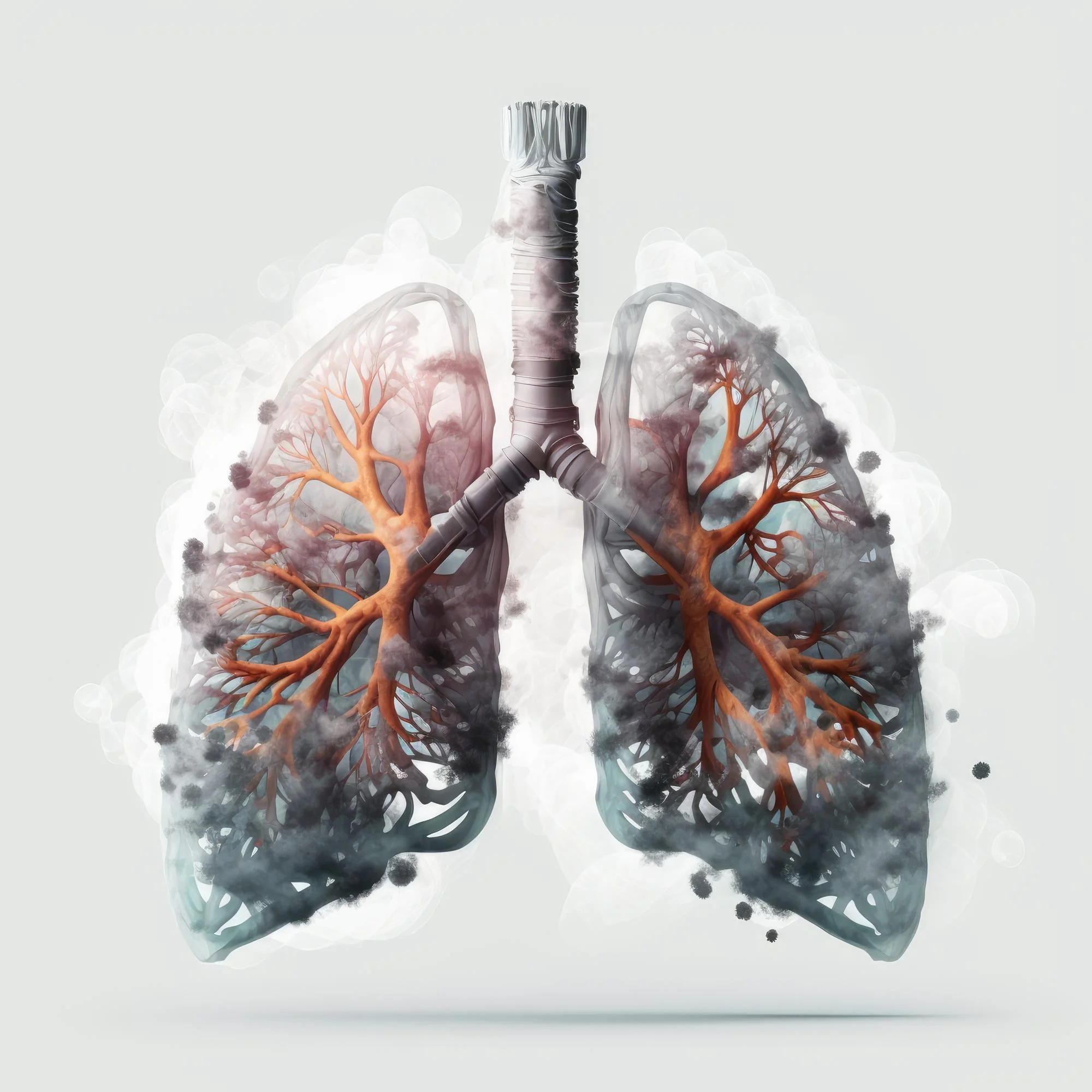Chronic Obstructive Pulmonary Disease (COPD) continues to be a leading cause of morbidity and mortality worldwide. Understanding the variables that may affect patient outcomes, especially during exacerbations, is crucial for clinicians. A recent study published in the Saudi Medical Journal has shed light on the potential importance of the erythrocyte distribution width (RDW)/albumin ratio in patients hospitalized with exacerbations of COPD (Eraslan et al., 2024). This article explores the findings of the study, with a special focus on the significance of the RDW/albumin ratio in predicting hospital length of stay (LOS), which is a critical factor in patient management and health economics.
Study Overview
The retrospective study by Eraslan and colleagues (2024) was conducted to explore the relationship between the RDW/albumin ratio and the LOS and prognosis of patients hospitalized due to COPD exacerbation. Data examined included demographics, comorbidities, pulmonary function tests, arterial blood gas analysis, history of hospitalizations in the last year, LOS, C-reactive protein levels, RDW, albumin, and platelet counts, along with 30-day mortality status.
Key Findings and Significance
In a cohort of 58 patients, the study found that an RDW/albumin ratio of ≥5.22 was predictive of a hospital stay of more than 10 days, with a sensitivity of 68.42% and a specificity of 74.36%. These findings are notable because they suggest that the RDW/albumin ratio, an easily measurable and inexpensive laboratory marker, could help anticipate prolonged hospitalization in COPD patients (Eraslan et al., 2024). However, the study did not find a significant association between the RDW/albumin ratio and 30-day mortality.
These insights are vital considering COPD exacerbations are a major cause of hospital admissions and healthcare resource utilization (Global Initiative for Chronic Obstructive Lung Disease, 2022). Identifying patients at higher risk of prolonged LOS could potentially enable more targeted and timely interventions, thus improving patient outcomes and reducing healthcare costs.
Novelty and Context of the Research
Prior research has indicated that a high RDW is linked to adverse outcomes in various cardiovascular and pulmonary conditions, often serving as a marker of inflammation, nutritional deficiencies, and comorbidities (Fujimoto et al., 2005). Albumin levels, conversely, are widely recognized as indicators of nutritional status and inflammation (Nicholson et al., 2000). The novelty of the study by Eraslan and colleagues lies in combining these two metrics to produce a novel prognostic indicator for COPD exacerbations.
Implications for Clinical Practice
The findings from this study underscore the importance of using the RDW/albumin ratio as a potential prognostic marker for healthcare providers managing COPD exacerbations. Elevated ratios could signal the need for a more aggressive or modified treatment approach for patients at risk of prolonged LOS.
Limitations and Future Research
The authors acknowledge certain limitations in their study, including its retrospective design and relatively small sample size. Future research should include larger cohorts and consider longitudinal studies to validate and possibly even refine the significance of the RDW/albumin ratio in clinical practice.
Keywords
1. COPD exacerbation prognosis
2. RDW/albumin ratio COPD
3. Hospital length of stay COPD
4. COPD hospitalization predictors
5. COPD research 2024
Conclusion
The recent study published in the Saudi Medical Journal presents significant findings that may have far-reaching implications for the management of COPD exacerbations. The RDW/albumin ratio presents as an easily calculable and cost-effective marker that merits consideration within the broader parameters used to evaluate the severity and anticipated clinical course of COPD exacerbations.
References
1. Eraslan, B. Z., Cengiz, S. K., Sagmen, S. B., Yalçınkaya, K. Z., Kıral, N., & Cömert, S. (2024). The importance of the erythrocyte distribution width/albumin ratio in patients with chronic obstructive pulmonary disease exacerbation. Saudi Medical Journal, 45(1), 27-33. doi: 10.15537/smj.2024.45.1.20230716
2. Global Initiative for Chronic Obstructive Lung Disease. (2022). Global strategy for the diagnosis, management, and prevention of chronic obstructive pulmonary disease: 2022 report. Retrieved April 12, 2023, from https://goldcopd.org/2022-gold-reports/
3. Halpin, D. M. G., Celli, B. R., Criner, G. J., Frith, P., López Varela, M. V., Salvi, S., et al. (2019). The GOLD summit on chronic obstructive pulmonary disease in low- and middle-income countries. Int J Tuberc Lung Dis, 23, 1131-1141. doi: 10.5588/ijtld.19.0305
4. Fujimoto, K., Yasuo, M., Urushibata, K., Hanaoka, M., Koizumi, T., & Kubo, K. (2005). Airway inflammation during stable and acutely exacerbated chronic obstructive pulmonary disease. Eur Respir J, 25(4), 640-646. doi: 10.1183/09031936.05.00096504
5. Nicholson, J. P., Wolmarans, M. R., & Park, G. R. (2000). The role of albumin in critical illness. Br J Anaesth, 85(4), 599-610. doi: 10.1093/bja/85.4.599
